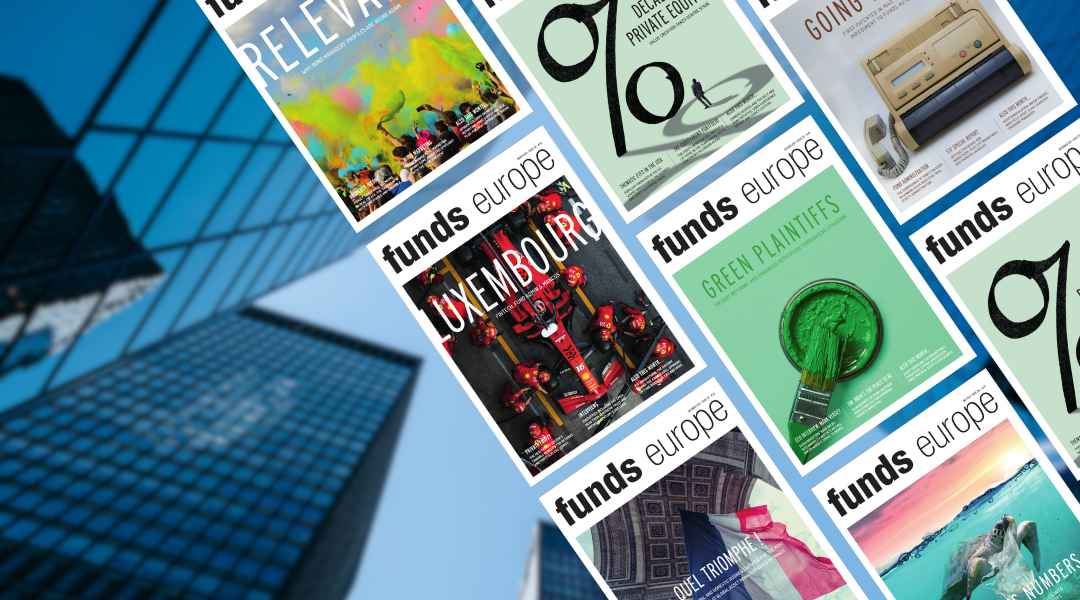 While some synthetic ETFs listed in the region are simply cross-listings from European providers, Morningstarâs Jackie Choy says many are homegrown.
While some synthetic ETFs listed in the region are simply cross-listings from European providers, Morningstarâs Jackie Choy says many are homegrown.
Hong Kong and Singapore are at the centre of developments within the realm of synthetic exchange-traded funds (ETFs) in the region.
The ETF market in South Korea is fairly large, but physical replication remains the focus.
In other Asian countries, synthetic ETFs are still in their infancy. Taiwan and Thailand host cross-listed synthetic ETFs from Hong Kong, whereas China has none.
Most synthetic ETFs in Asia track Chinese A-shares benchmarks. While China has historically maintained tight capital controls, the quota for the Qualified Foreign Institutional Investors (QFIIs) was raised from $30 billion to $80 billion in April.
ETFs track the A-shares benchmarks synthetically; there are no offshore physical A-Shares ETFs because of regulatory and technical issues. But regulations are changing.
In December last year, a Renminbi Qualified Foreign Institutional Investors (RQFII) scheme was launched. The quota was increased from Rmb20 billion to Rmb70 billion in April. New rules also allow financial institutions under the RQFII programme to issue reniminbi-denominated ETFs, which invest in A-shares, to be listed in Hong Kong.
As such, offshore physical A-Shares ETFs are likely to be launched in the near future.
This should increase the width and depth of the range of ETFs tracking the A-shares market.
Hong Kong
There were 50 synthetic ETFs listed in Hong Kong in March, compared with 89 locally listed ETFs in total.
To distinguish between ETFs utilising physical and synthetic replication methods, a marker “X” is to be placed at the beginning of the English and Chinese stock short names of all synthetic ETFs. They are also required to place an asterisk and an annotation immediately following the name.
Synthetic ETFs are required to put in place a prudent haircut policy. For example, where equity securities are posted is collateral, the market value of such equity collateral must be equivalent to at least 120% of the related gross counterparty exposure.
In addition to the usual funded and unfunded swap structures typically employed by synthetic ETFs, a number of ETFs utilise access products to provide exposure to the A-shares market. Providers use different naming conventions for access products.
An access product can be any of a variety of different derivative instruments that is linked to an individual A-share or an A-shares index.
There is also an obligation of the access product issuer to provide the ETF the economic performance of the underlying A-share(s) or A-shares index.
As is the case with swaps, an access product does not provide any beneficial or equitable entitlement or interest in the relevant A-shares to which the access product is linked. Essentially, each access product synthetically replicates the performance of the relevant A-shares or the underlying index.
Access product issuers are required to post collateral for the benefit of the fund, which is currently held by third-party trustees on behalf of the ETF.
On a technical standpoint, a securities lending and borrowing arrangement is in place whereby the access products will be lending back to the access product issuer to obtain the collateral.
Under the Code on Unit Trusts and Mutual Funds (UT code) for Hong Kong-domiciled synthetic ETFs, collateral must be topped up on a daily basis to achieve at least 100% collateralisation.
Some ETF providers have policies in place whereby the ETF’s manager may ask for additional collateral should circumstances arise that affect the real or perceived creditworthiness of the access product issuer, for example, a credit downgrade. Under such circumstances, the haircut policy on collateral adopted by the manager at the time will be taken into account.
These ETFs may engage in securities lending – loaning access products back to their issuer – for the sole purpose of obtaining collateral from the access product issuer.
The use of access products exposes the ETF to counterparty risk. As is the case with the multiple swap counterparty model in Europe, engaging multiple counterparties under an access product structure could be beneficial in that it diversifies counterparty risk.
Each access product issuer has its own quota limit. Once the quota is reached, the access product issuer may not be able to hedge its position.
As such, the issuer may cease to issue additional access products, causing a disruption to the creation and redemption process. The use of multiple access product issuers could potentially reduce the risk of the ETF experiencing such issues.
All ETFs structured as a unit trust or a trust listed in Singapore are required to comply with the relevant sections of the Companies Act and the Securities and Futures Act regarding Collective Investment Schemes. The Singapore Stock Exchange requires synthetic ETFs to display the trading name tagged with an “X”, just before the “@” used to mark specified investment products.
Jackie Choy is Morningstar’s ETF strategist in Asia
©2012 funds global

 At times like these, HSBC Asset Management easily pivots towards emerging markets.
At times like these, HSBC Asset Management easily pivots towards emerging markets. A comprehensive, cost-effective, and transparent currency overlay hedging solution is crucial to mitigate FX exposure risks in the complex landscapes of Japan and China's FX markets, explains Hans Jacob Feder, PhD, global head of FX services at MUFG Investor Services.
A comprehensive, cost-effective, and transparent currency overlay hedging solution is crucial to mitigate FX exposure risks in the complex landscapes of Japan and China's FX markets, explains Hans Jacob Feder, PhD, global head of FX services at MUFG Investor Services. The world is transitioning from an era of commodity abundance to one of undersupply. Ben Ross and Tyler Rosenlicht of Cohen & Steers believe this shift may result in significant returns for commodities and resource producers over the next decade.
The world is transitioning from an era of commodity abundance to one of undersupply. Ben Ross and Tyler Rosenlicht of Cohen & Steers believe this shift may result in significant returns for commodities and resource producers over the next decade. Ross Dilkes, fixed income portfolio manager at Wellington Management, examines the opportunities and risks for bond investors presented by the region’s decarbonisation agenda.
Ross Dilkes, fixed income portfolio manager at Wellington Management, examines the opportunities and risks for bond investors presented by the region’s decarbonisation agenda. Shareholders in Japan no longer accept below-par corporate governance standards. Changes are taking place, but there are still areas for improvement, says Tetsuro Takase at SuMi Trust.
Shareholders in Japan no longer accept below-par corporate governance standards. Changes are taking place, but there are still areas for improvement, says Tetsuro Takase at SuMi Trust. Robert St Clair, head of investment strategy at Fullerton Fund Management, explores the reasons investors should be paying attention to the rising demand for healthcare in China.
Robert St Clair, head of investment strategy at Fullerton Fund Management, explores the reasons investors should be paying attention to the rising demand for healthcare in China.


